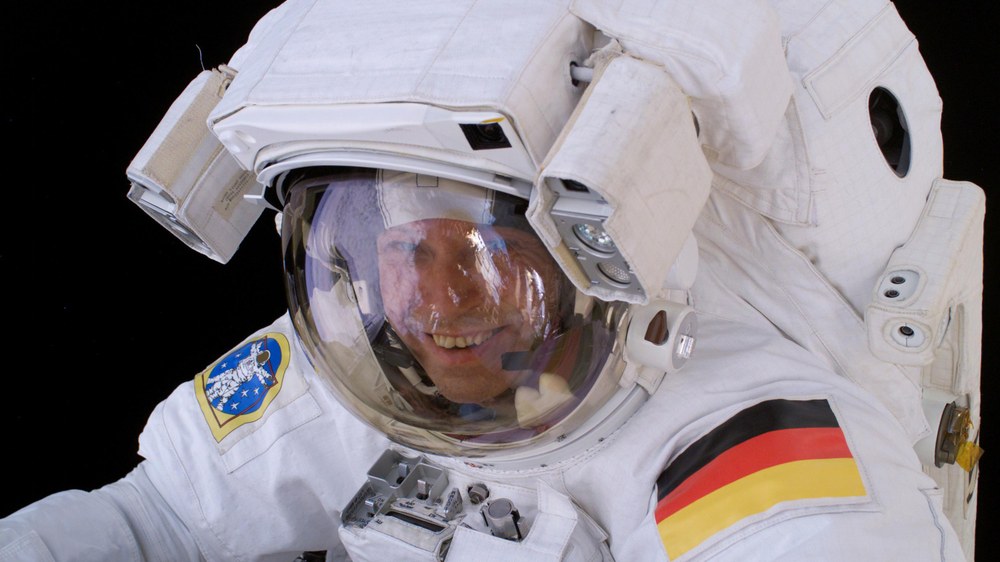Thomas Reiter
Born on 23 May 1958, Thomas Reiter was fascinated with space as a child and his clear career choice was to become an astronaut. It seemed unrealistic at the time – after all, the Americans and the Russians were the ones heavily involved in spaceflight, whereas no German had yet been involved.
On completion of secondary school, Reiter became an intrepid glider pilot. He transformed his hobby into an occupation and remained in the German Air Force (Luftwaffe) on a professional basis after concluding basic training. His continuing interest led him to study aerospace engineering at the University of the Federal Armed Forces (Universität der Bundeswehr München) at Neubiberg, near Munich. He concluded his studies in 1982, becoming a graduate engineer before going on to train at the American Sheppard Air Force Base in Texas as a jet pilot.
Luck was on his side when in 1989 the European Space Agency (ESA) announced that it was seeking pilots and scientists for its second astronaut group. Thomas Reiter was one of six lucky aspirants selected from a pool of 22,000 candidates. Following selection, Reiter underwent six months of basic training before he was picked for the Euromir 95 mission in 1993. This would be the second ESA mission to the Mir space station, one of a series of flights preparing the way for Europe's Columbus orbital laboratory to become part of the International Space Station ISS. Reiter received further training at Swjosdny Gorodok (Star City) near Moscow. His appointment as flight engineer came in May 1995.
Euromir 95 mission was a groundbreaking mission. At 179 days, it was ESA's longest manned spaceflight mission. Launch took place at the Baikonur Cosmodrome in Kazakhstan on 3 September 1995. Some two days later, Reiter and his colleagues reached their objective and docked with Mir. This mission heralded another first: Reiter became the first German to perform a spacewalk, or 'extra-vehicular activity' (EVA). During his stay, Reiter performed 41 scientific experiments from various ESA member states.
On his return to Earth, Reiter underwent further training at Star City, before being detached to the Air Force in 1997. He returned to ESA in 1999 to begin training for a long-duration stay aboard the ISS. In April 2005, ESA announced that Thomas Reiter would be the first long-stay European on the ISS. The Astrolab mission would lay experimental foundations for future use of the Columbus laboratory aboard the ISS, and was envisaged as a five-month effort.
After some postponements, the mission was launched from the Kennedy Space Center in Florida on 4 July 2006, with the STS-121 mission to the ISS. As the station's first European, Reiter performed some vital tasks on the ISS, being responsible for navigation and position monitoring as well as evaluating environmental conditions and life-support systems. In addition, he performed 19 experiments before finally becoming subject to gravity again on 22 December 2006, having spent 171 days in space.
Reiter has totalled 350 days in orbit. Reiter has been a member of the DLR board since 1 October 2007. From April 2011 to December 2015 he was Director of ESA's Directorate of Human Spaceflight and Operations. Thomas Reiter is now ESA Interagency Coordinator and Advisor to the Director General.


